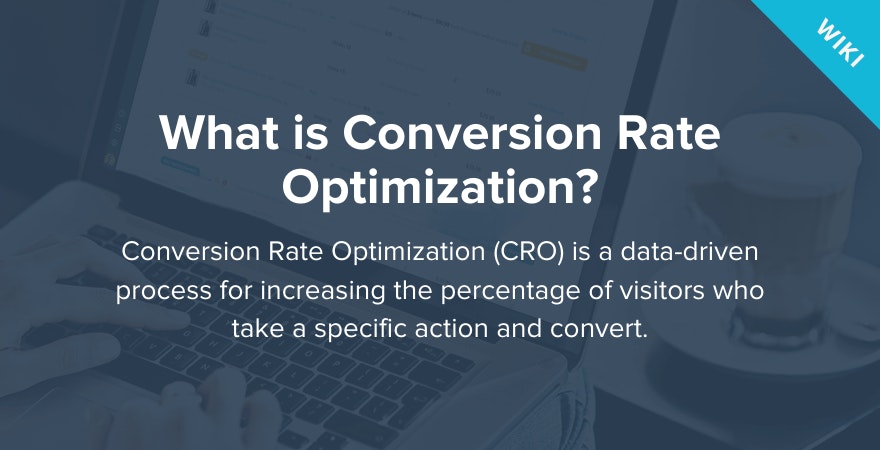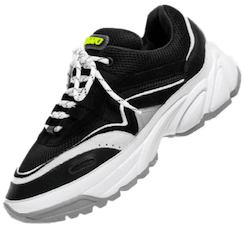
Conversion Rate (CRO)



What is Conversion Rate Optimization?
Conversion rate is the percentage of visitors who take your desired action on the page, whether that’s completing a registration form, downloading an ebook, or making a purchase.
Conversion rate optimization (CRO) is a data-driven process for increasing the percentage of visitors who take a specific action and convert. The conversion rate optimization is calculated by dividing the number of people who convert by the number of people who are asked to take an action.
→ Click Here to Launch Your Online Business with Shopify
Why is Conversion Rate Optimization Important?
Essentially, there are two ways to grow an online business: drive more traffic to a website in hopes to increase sales or improve the conversion rate and turn the current traffic into paying customers. Running rigorous experiments on your website and leveraging that data to improve conversions is a much cheaper and more effective strategy that will continue to generate sales in the future. Optimizing your conversion rate also means you cut down on the cost of acquiring new users significantly, which positively impacts your bottom line and improves the ROI on your marketing spend.
In eCommerce in particular, conversions happen at every stage of a customer’s buying journey, as they are dependent on the purpose that a certain part of a website serves. For example, a customer clicking through a product image is a conversion because it nudges him down the funnel and closer to making a purchase. By removing friction and making the conversion paths shorter and smoother, you’re creating more sales opportunities and accelerating the sales process.
→ Click Here to Launch Your Online Business with Shopify
To maximize the value of the traffic you already have, you need to engage in constant testing, experimentation, and active listening and fine-tune every aspect of your eCommerce website for higher conversions.
How to Optimize Conversion Rate?
Conversion rate optimization is a long process of meticulous experimentation often executed through A/B testing. The first step before you start testing anything is to examine your website’s sales funnel and identify friction points that could be improved in order to achieve higher conversions. The best way to gather this type of data is to dive into your Google Analytics account and study conversion reports to see how people are moving through your site as well as identify where they drop off. Hotjar, which utilizes heatmaps and records user actions on-site, is another great tool for data gathering.
Having crunched the data and determined potential conversion issues, you then move on to deciding what aspects of your website you want to run experiments on. This will depend on the conversion goal you’re optimizing for. In Google Analytics, goals are used to measure how visitors complete a certain task and navigate a website. An example of a goal could be a newsletter subscription, direct inquiry, a booking, or a purchase. It all boils down to the metrics that are important to your business and the ideal conversion path you mapped out for your visitors from the entry point to the final conversion.
Website Conversions
By identifying specific elements that you want to test (CTA, page colors, layout, copy, etc), the target audience (organic traffic, existing customers, leads, etc), and a specific page on your website (homepage, product page, landing page, etc), you’ll be able to formulate a hypothesis and create an objective for each experiment. Once all this is done, you can move on to A/B testing. Optimizely and vwo are some of the best A/B testing tools you can try.
To improve the conversion rates of your eCommerce store, you’ll need to analyze the test results and make changes based on the answers you get.
Conversion Rate Optimization in General
The beauty of conversion rate optimization is that it focuses on doing a better job at turning existing visitors into paying customers, rather than trying to acquire new visitors. As the process of converting existing visitors is more cost-effective than throwing more money at driving traffic to your site, conversion rate optimization allows you to get the most out of your current investments by redirecting your budget to channels that achieve the best results.
What this means is that you should be spending time optimizing all channels (email, paid search, social) that drive traffic to your site to ensure you’re targeting the right people with the right message, so when they land on your site, the probability of them bouncing as a result of misleading offers or unmet expectations is very low. Different channels call for different optimization techniques, however, A/B testing is the thread that runs through them all. You can test everything from newsletter subject lines to Facebook ad copy to AdWords CTA.
With new customer behavior insights and optimization tactics emerging every day, conversion rate optimization is never completely finished — it’s a continuous, ongoing process that you should adopt and carry out often.



Want to Learn More?
- How to Get More Sales With Ecommerce Conversion Optimization
- 20 Tricks for Optimizing Your Online Store
- How to Optimize eCommerce Landing Page to Skyrocket Sales
- Facebook Ads Tactics That’ll Skyrocket Sales!
Is there anything else you’d like to know more about and wish was included in this article? Let us know!